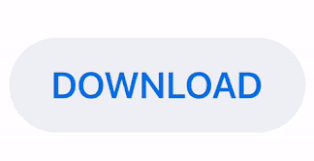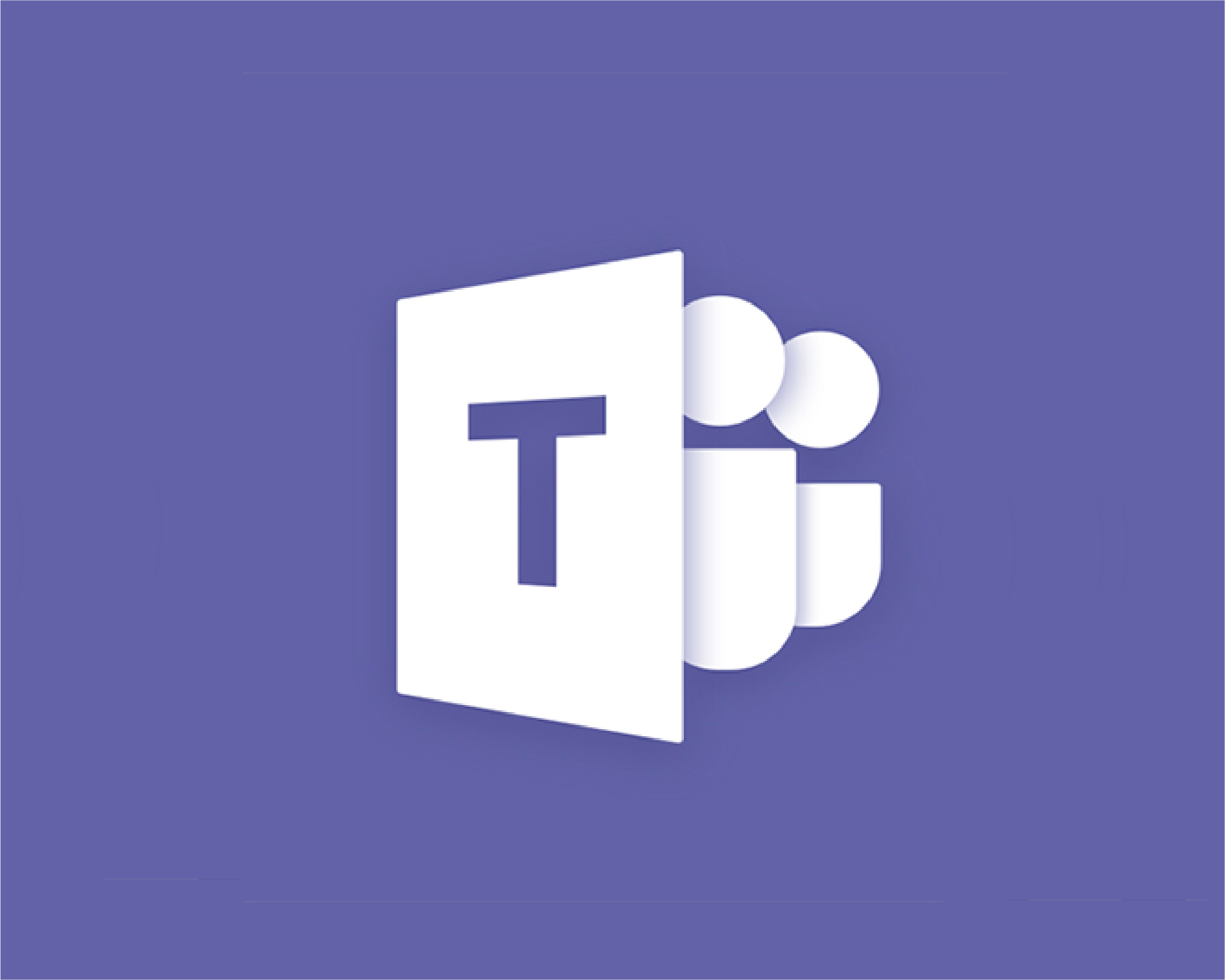

When you do this, Teams will pinned there, every time you want to open the PWA or a separate instance of Teams. When it’s open, you can then right-click on the newly active PWA in your Taskbar, and choose the option to Pin to Taskbar. This will then pop-out Teams into its own window, with a purple title bar, and experience similar to the native desktop app. You’ll then see the Teams logo, and you’ll want to click Install this site as an app. button in the top right corner of the screen.

We’ll dive deeper into some instructions for each of the two browsers, but remind you that this will work best in Microsoft Edge.įirst, with Teams open in Edge, you’ll want to click the. Depending on if you’re using Chrome or Edge, the settings will be different for you. Stay signed in on the Teams web app, and then head to the settings menu. Next up, you have to create a Progressive Web App of Teams. Step 2: Create a Progressive Web App (PWA) There aren’t many differences once you get rid of the underlying browser UI and create a PWA for it. This web app looks and behaves just like the regular desktop app, so you should feel right at home. You’ll now have a separate session for your second Teams account. Click the Turn on Desktop Notifications button. You’ll also want to ensure that desktop notifications are turned on. From there, you’ll see your default Teams channel, just like you would on the desktop app. You can ignore this, and choose Use the web app instead. When you sign in, you’ll see a message that you should download the Teams desktop app. To get started with this process, you’ll need to sign in with your other Microsoft Teams account on the Microsoft Teams web app. Step 1: Sign in with your (other) Teams account on the Microsoft Teams Web App


 0 kommentar(er)
0 kommentar(er)
